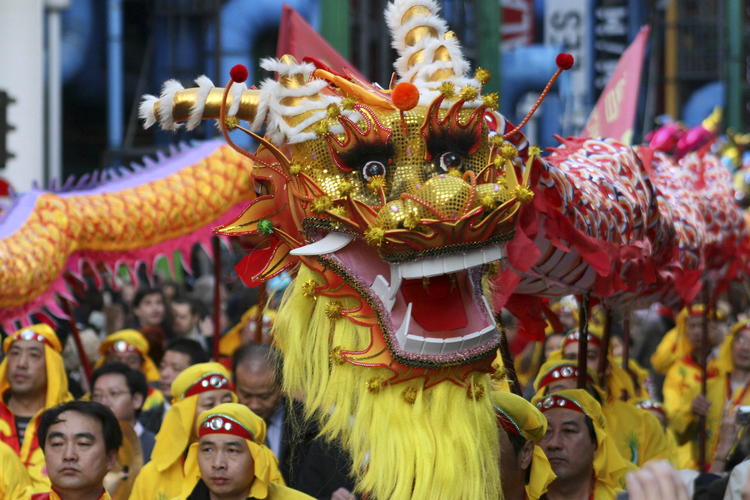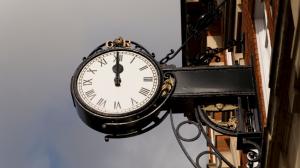
Best Comet of 2025?
C/2024 G3 (ATLAS) has already become very faintly visible to the naked eye for observers in the Southern Hemisphere.
Lunar New Year is the first day of the New Year in the Chinese calendar, which differs from the Gregorian calendar. It is also known as the Spring Festival or Chinese New Year. Every year is represented by a zodiac animal sign.

Lunar New Year is a festive occasion that calls for celebration in many places around the world.
©bigstockphoto.com/ Diane Robertson
The Lunar New Year date changes every year, falling no earlier than January 21 and no later than February 21. But why? Read our holiday news article on this very topic.
Lunar New Year is the most important and longest of all Chinese festivals, celebrated in Chinese and other East Asian communities worldwide. Lunar New Year activities include:
Many children receive “lucky money” in red envelopes, and household doors are open to let good luck enter. Lunar New Year may also include a lantern festival, where people hang decorated lanterns in temples and carry lanterns to an evening parade.
Lunar New Year is a public holiday in China, which lasts for a few days. It is also a public holiday in countries such as Brunei, Indonesia, Malaysia, North Korea, Singapore, South Korea, and Vietnam.
It is not a public holiday in countries such as Australia, Canada, the United Kingdom, or the United States. However, some businesses may close early, and some streets may be closed for a short while to allow for festival parades to take place.
This festival is believed go as far back as prehistory. It marks the start of the new lunar cycle and is called the Spring Festival (in the northern hemisphere) as it falls between the December solstice and the March equinox. China follows the Gregorian calendar for daily business but the dates of the Lunar New Year and other important festivals are determined by the Chinese calendar.
Each year in the Chinese calendar is assigned to an animal. According to one belief, Buddha promised gifts to all animals that would pay him homage. Only 12 animals came to honor Buddha so, to favor these 12 animals, each one was given one of the 12 years of the Chinese zodiac. People are said to inherit distinctive characteristics from the animal of their birth year. The signs repeat every 12 years.
The Chinese calendar is based on astronomical observations of the Sun's longitude and the Moon's phases. It is believed to have been introduced by Emperor Huangdi (or Huang Ti) at some stage around 2600 to 3000 BCE. According to legend, the emperor invented the calendar in 2637 BCE. This calendar predates the Gregorian calendar, which was introduced in 1582. The Chinese lunar calendar is used to determine festivals. Since the length of the Chinese calendar year differs from the length of a year in the Gregorian calendar, the Gregorian dates of these festivals vary each year. Various Chinese communities around the world also use this calendar.
Lunar New Year has various symbols and traditions. For example, flowers are an important part of New Year decorations, among them the plum blossom (associated with courage and hope) and the water narcissus (associated with good luck and fortune). Writings that refer to good luck are often seen in homes and business environments. They are usually written with a brush on a diamond-shaped piece of red paper. Tangerines and oranges are also displayed in many homes and stores as a sign of luck and wealth.
Envelopes with money (Hong Bao, Ang Pao, or Lai See) often come in the color red, which symbolizes happiness, good luck, success, and good fortune. The color red is also used on these envelopes to ward off evil spirits. These envelopes are mainly given as presents to children.

C/2024 G3 (ATLAS) has already become very faintly visible to the naked eye for observers in the Southern Hemisphere.

How does the 12-hour clock system work? Is midnight 12 am or 12 pm?

Why do many countries set the clocks back and forth an hour twice a year?

Why are there 12 months? How long are they, and what do the month names mean?